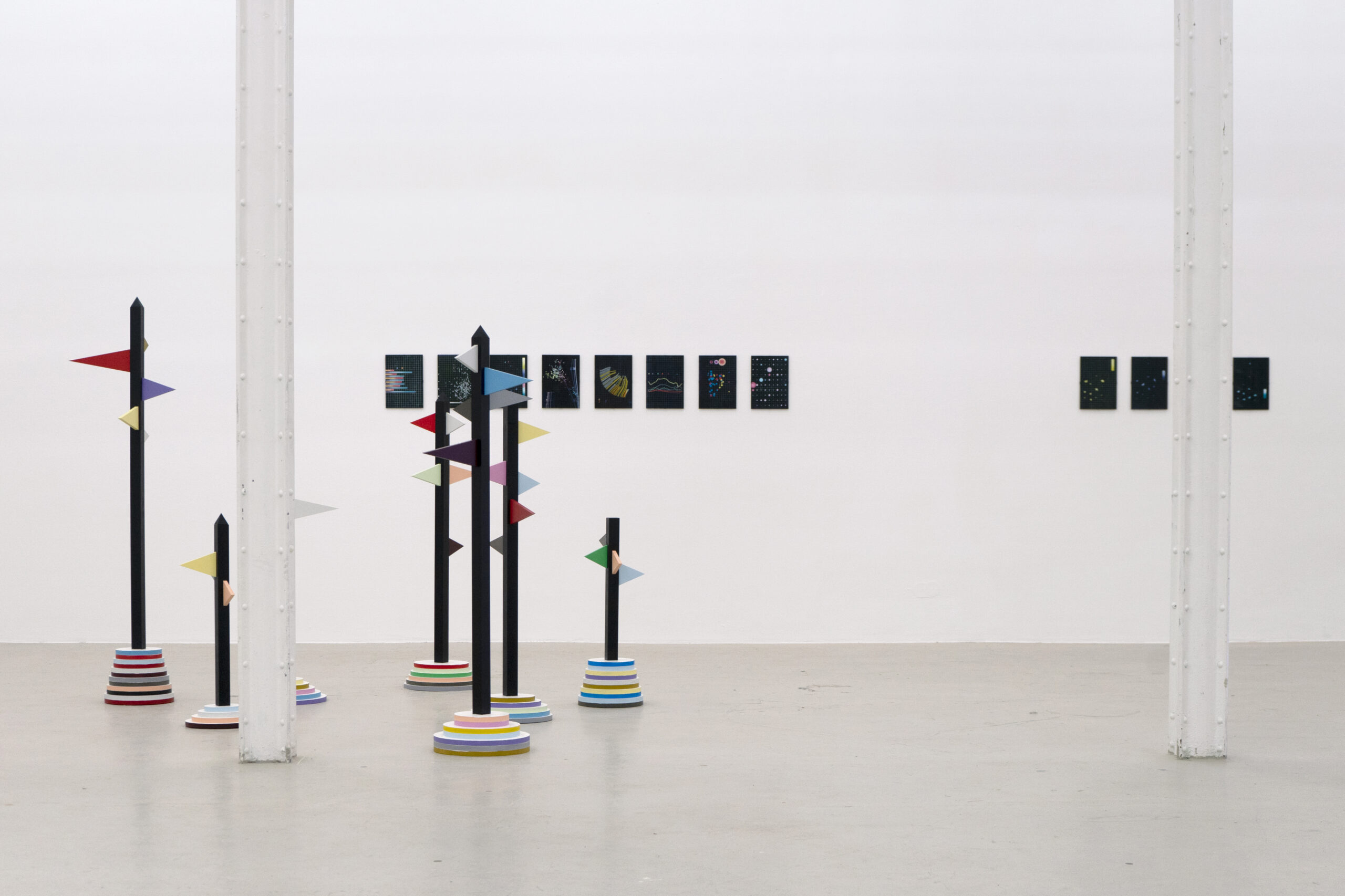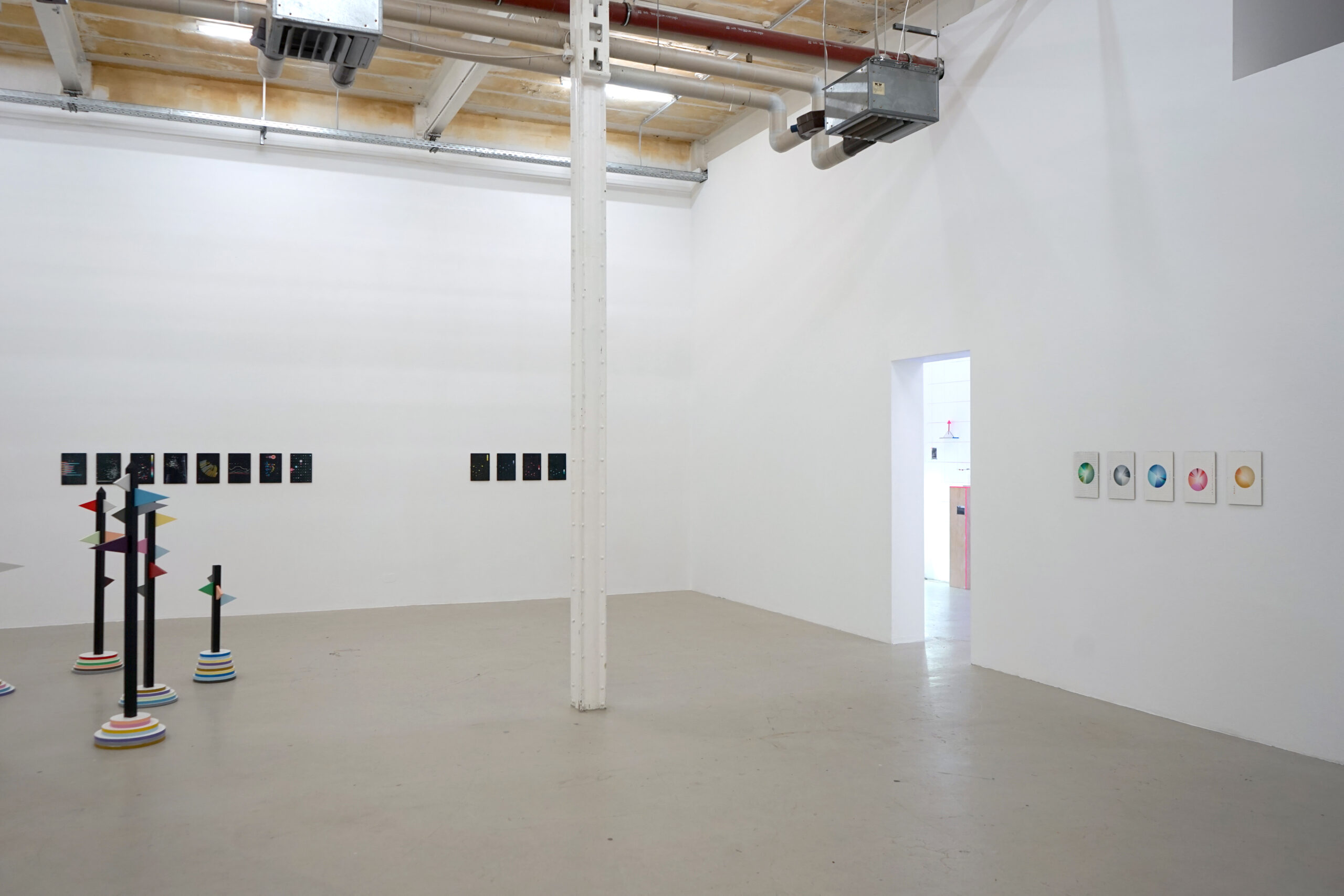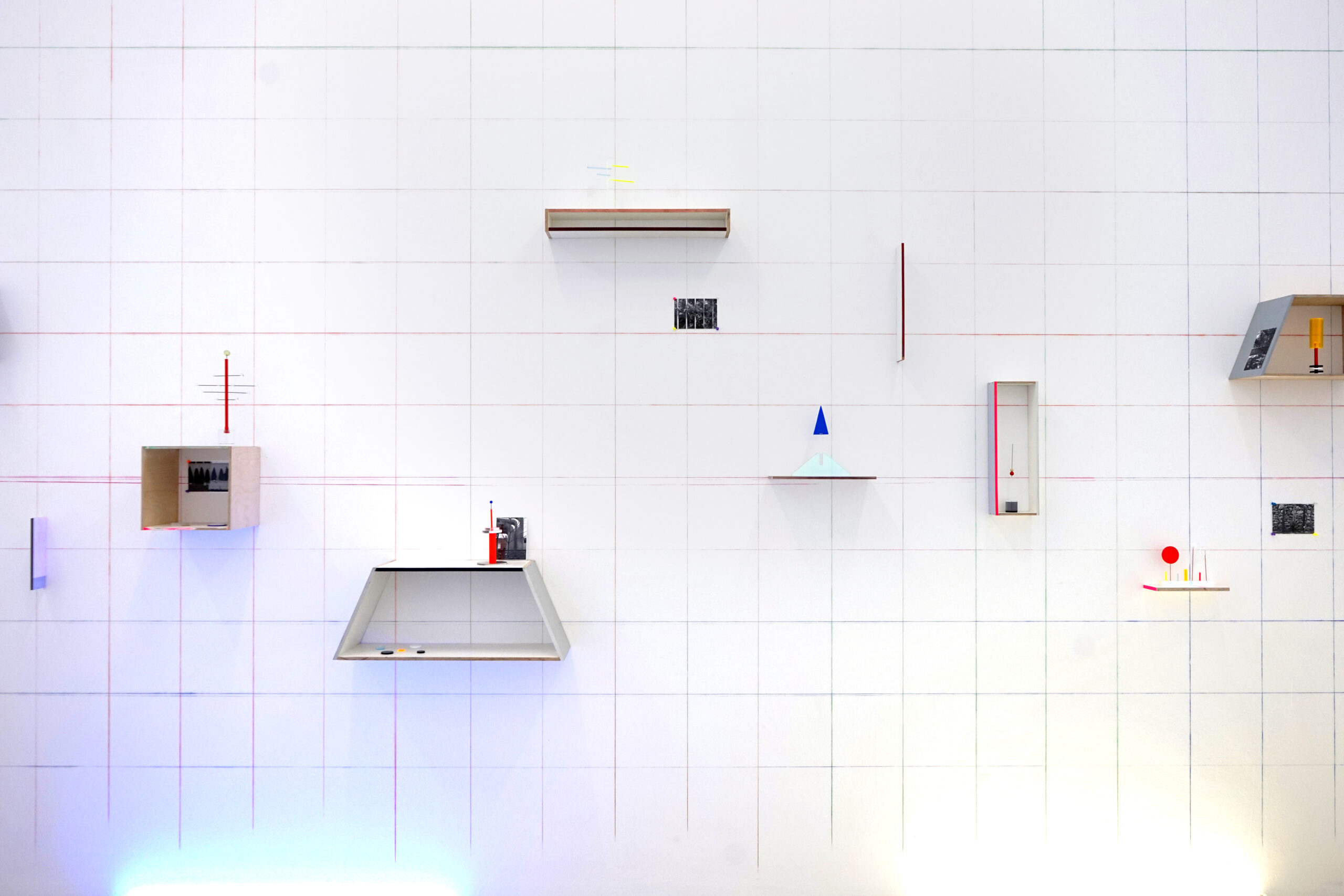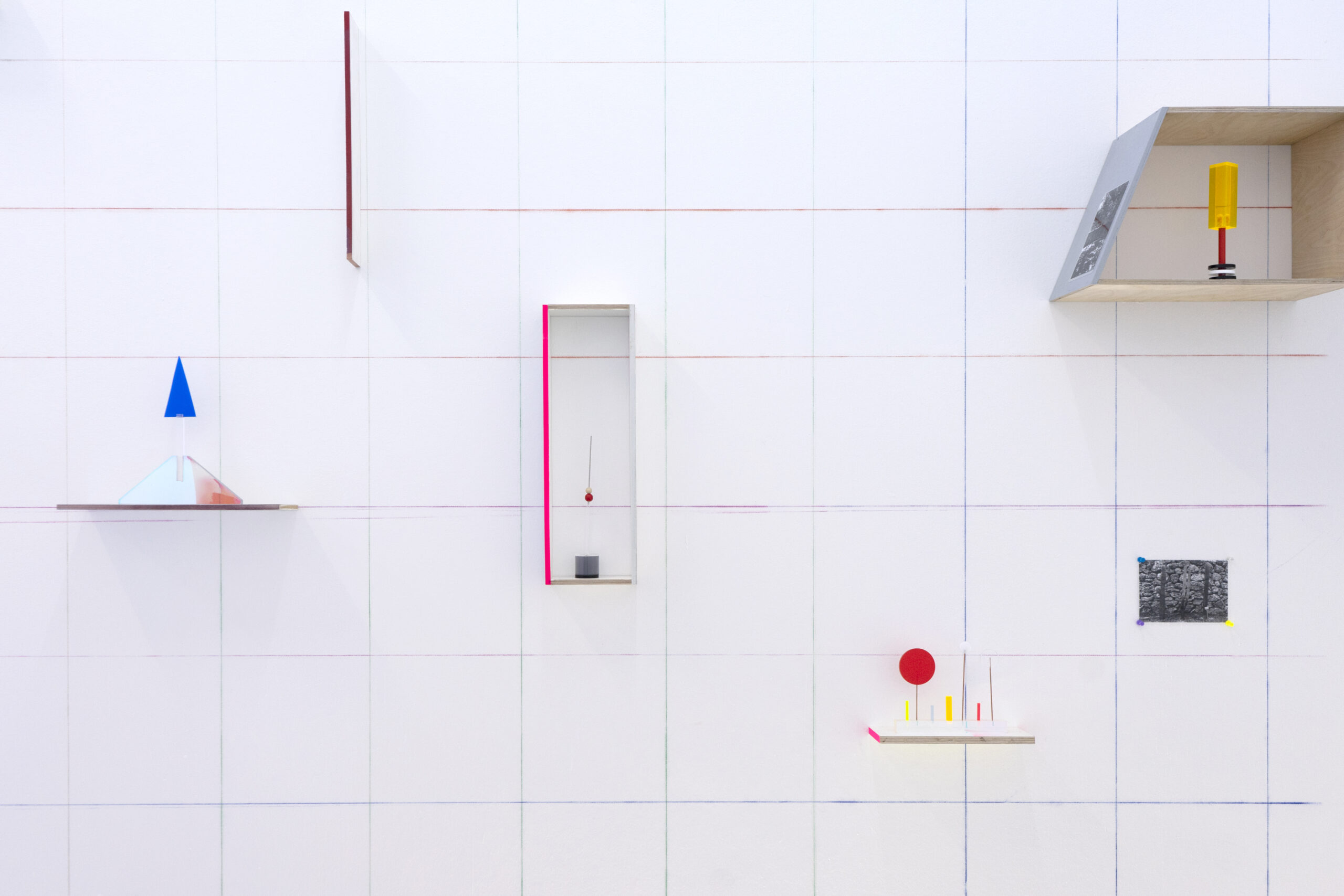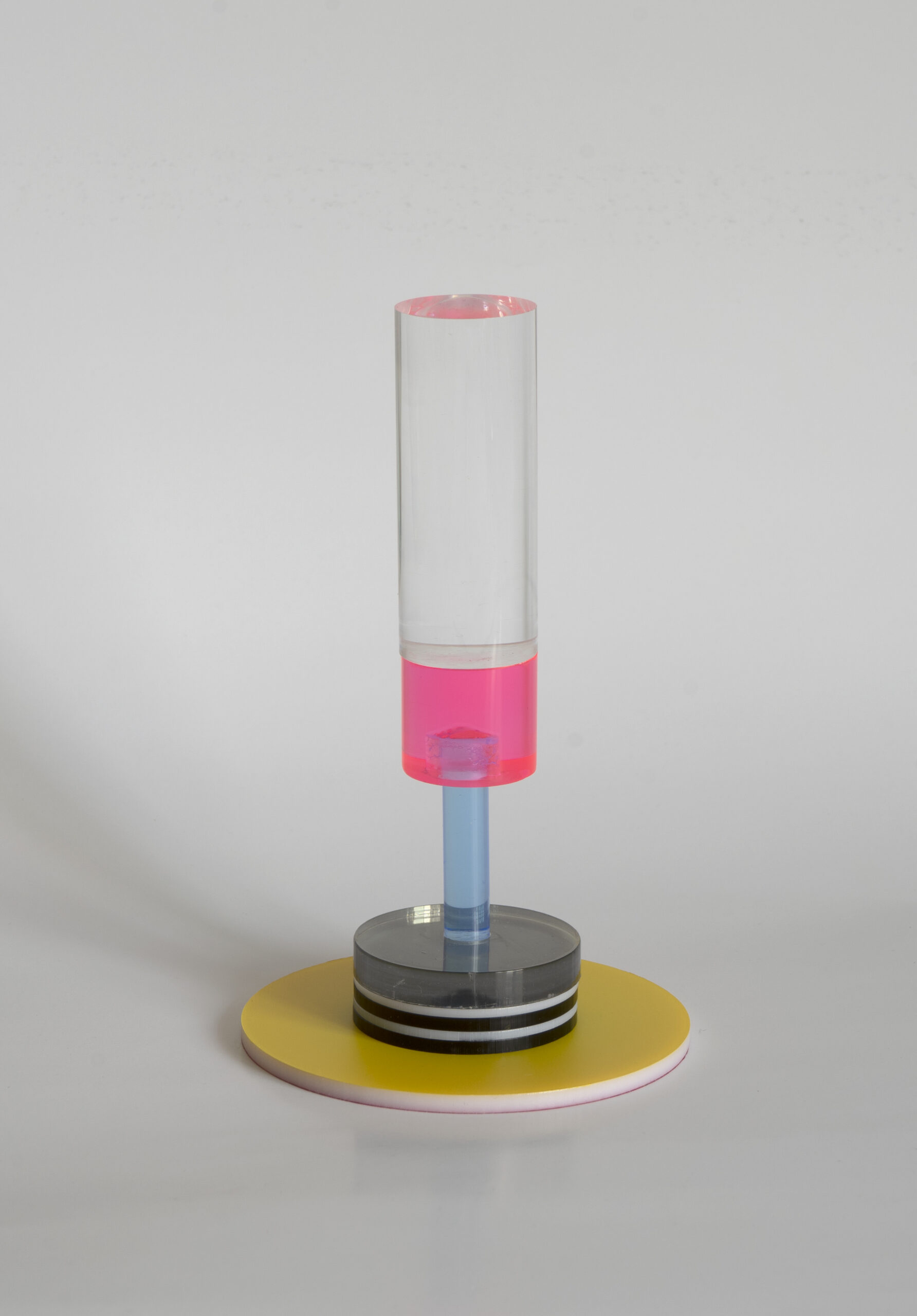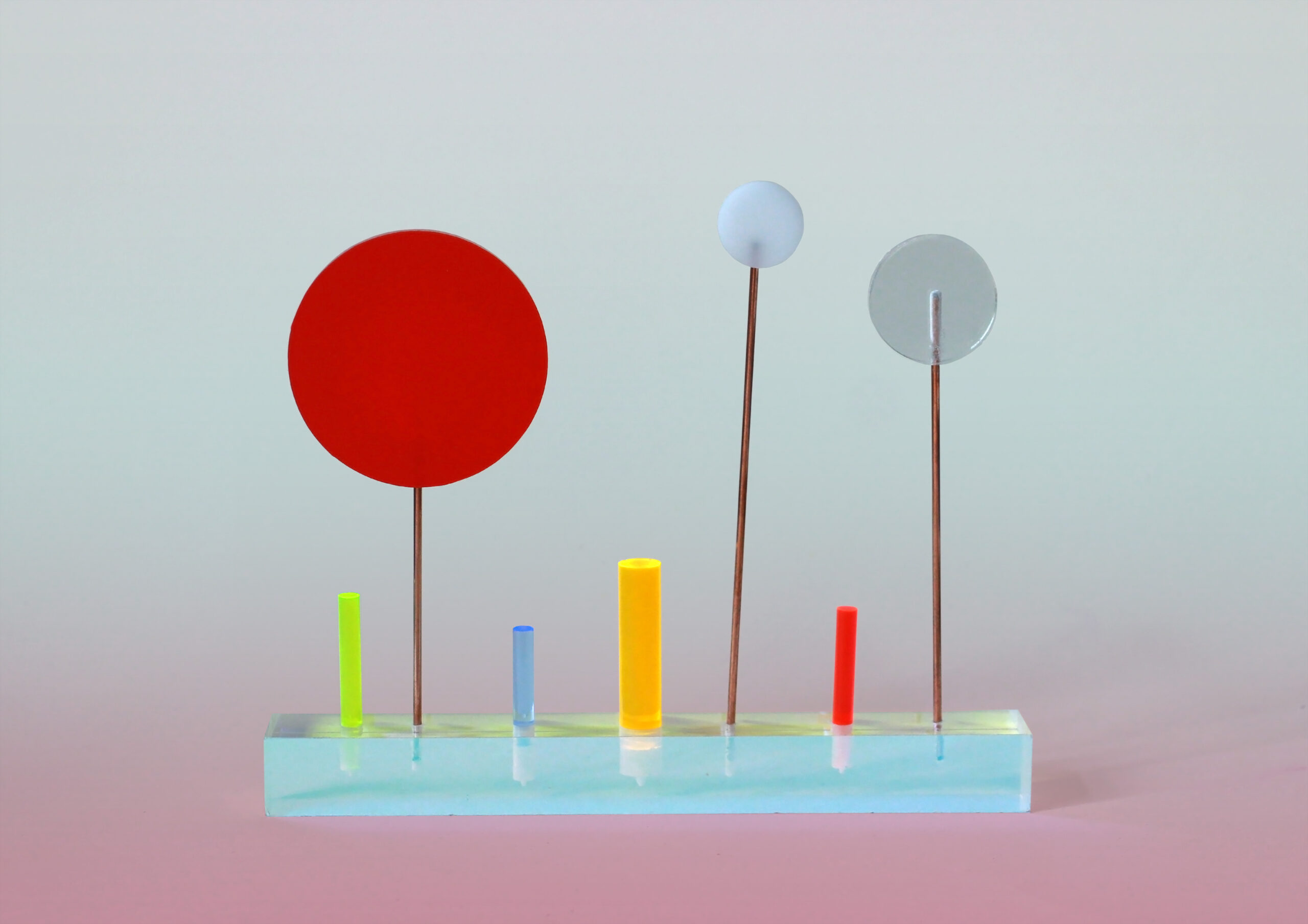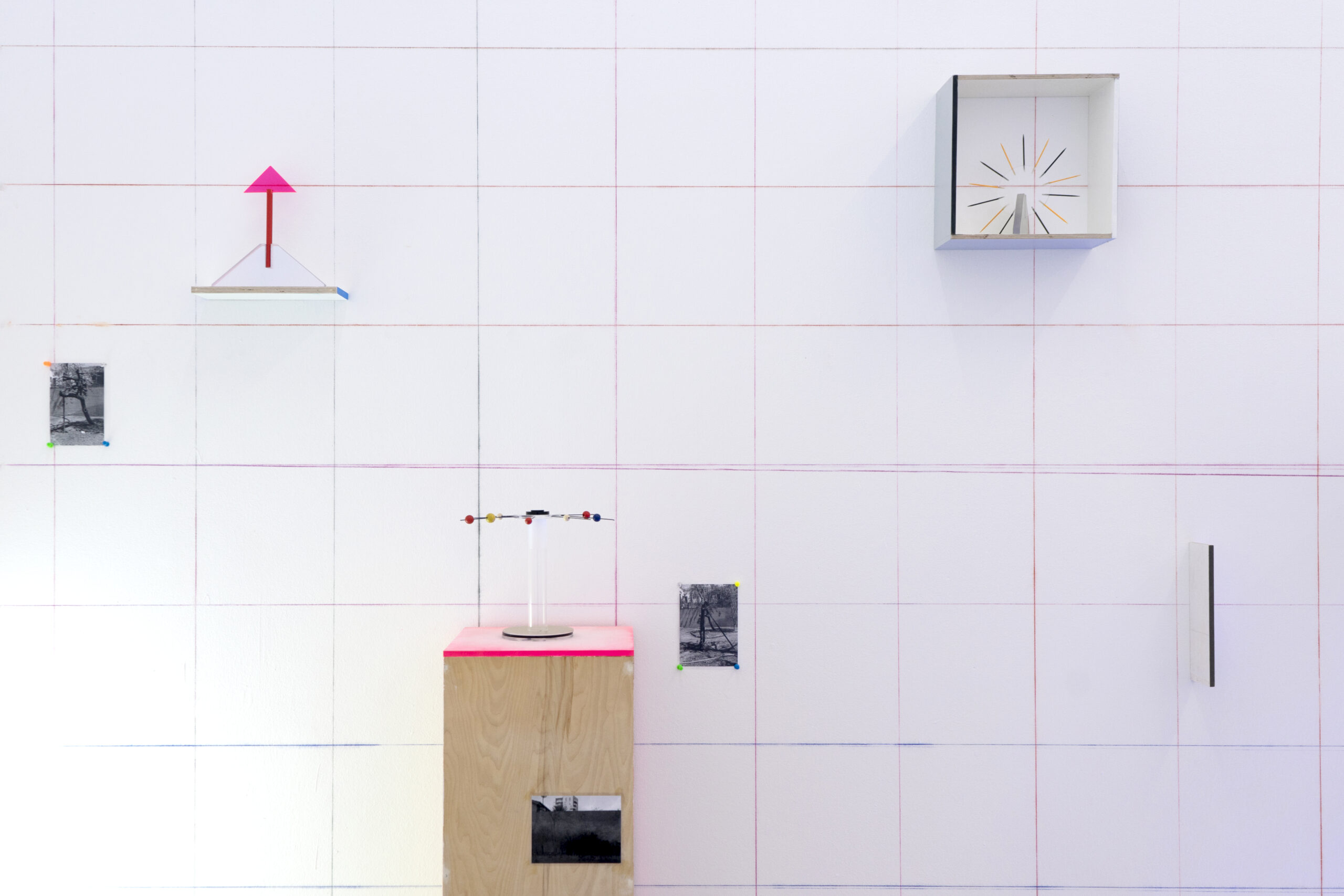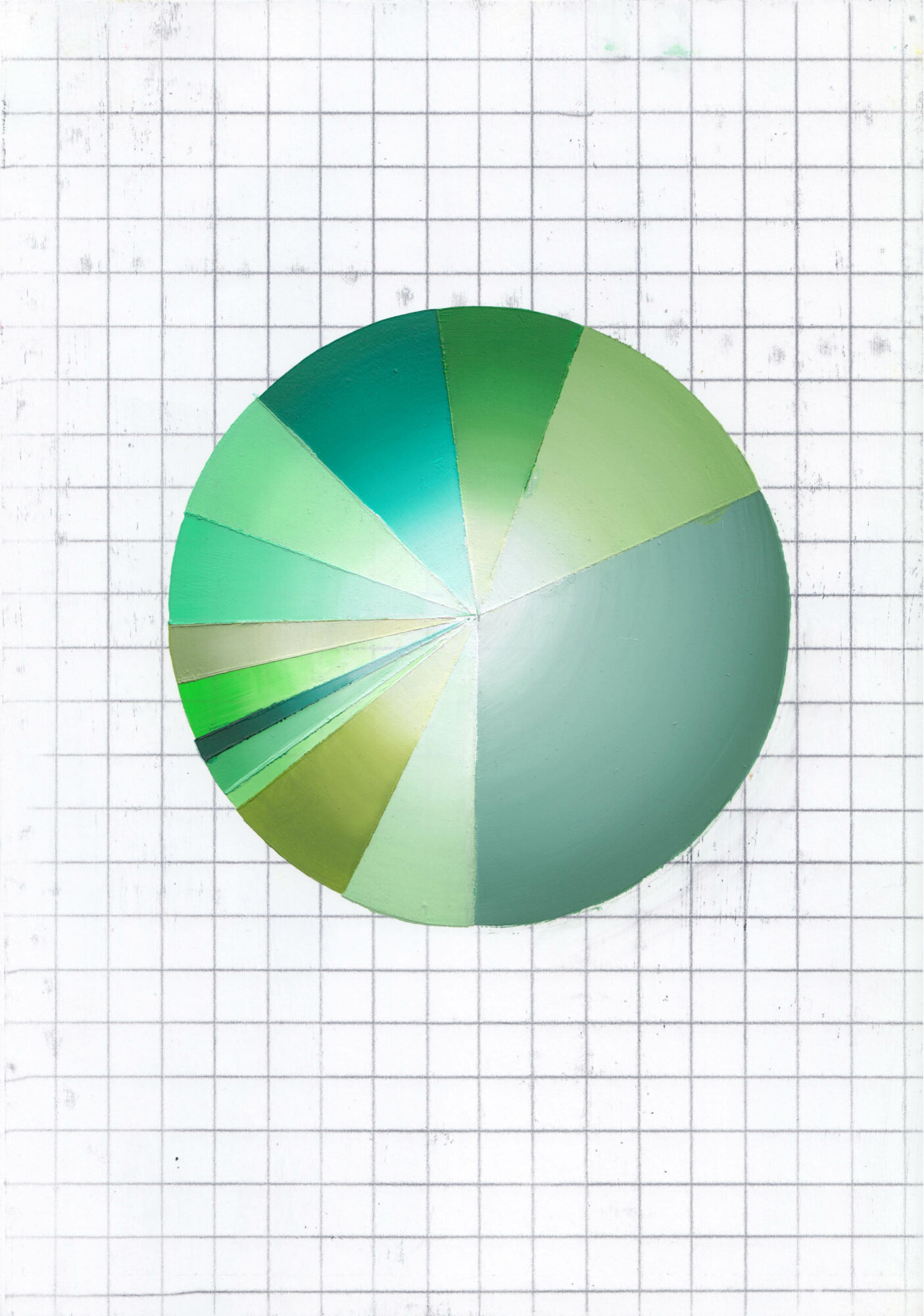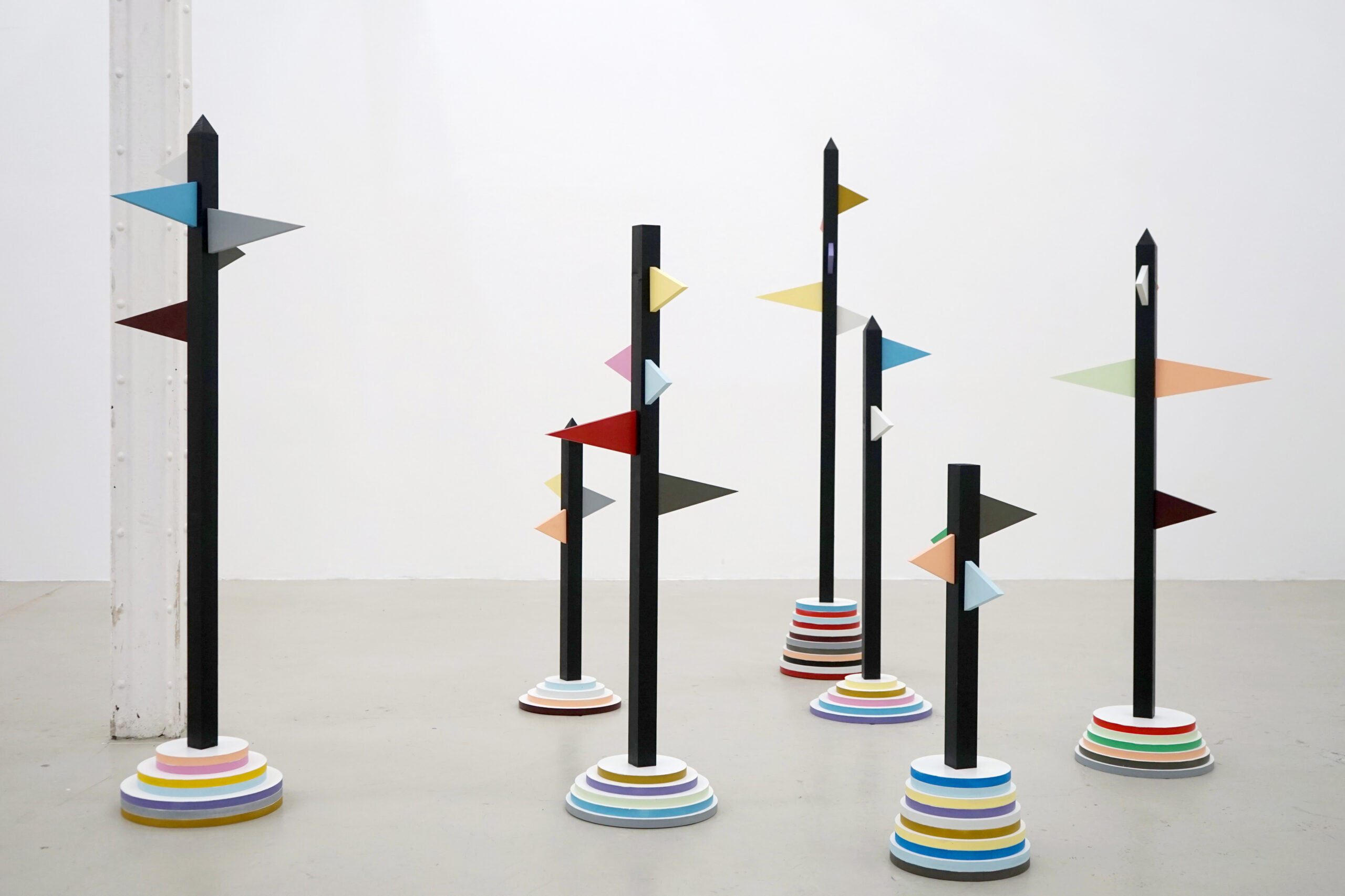
It is one piece of information about the state of a celestial body which becomes perceptible here on earth as a red-white-green-white sparkling light. Both the distance the signal had to travel and the time it took to do so have inscribed themselves in it and changed the information. There is not much left to be read, everything has been fragmented. Only a little light, an impression of the intensity and enormous scope of the original signal, and ultimately a feeling for the unimaginable distance that had to be overcome, are still there. Such information can only be made accessible if assumptions, presumptions or speculations ensure access to it. This results in observational processes that include both examinations of the actual object and the basic assumptions of one’s own perception.
However, enormous distances are not necessary for this: when Heide Nord breaks down diagrams and statistics into their parts and translates them into color and form on standardized DIN A4 papers, this process is shown to be the actual basic principle of human information processing. What we know is always only a fraction of what can be experienced, no matter how the sender of the information may be billions of cold light years away or may be an empirical research institution located in our neighbourhood. No matter how strong, for example, the transparency efforts involved in collecting data may have been, the initial decision had to be made regarding an assumption – so an indefinite amount of information remains hidden and the signal has been filtered. With joyful ease, Heide Nord examines this aesthetic potential of information in the epistemological game of images and objects.
